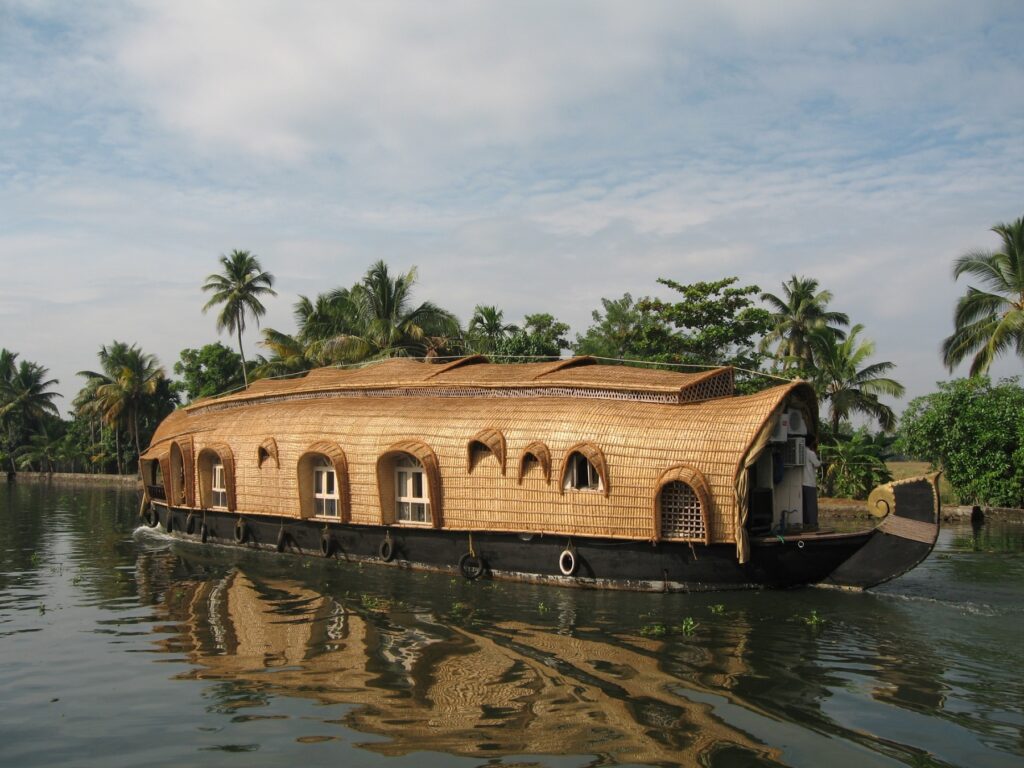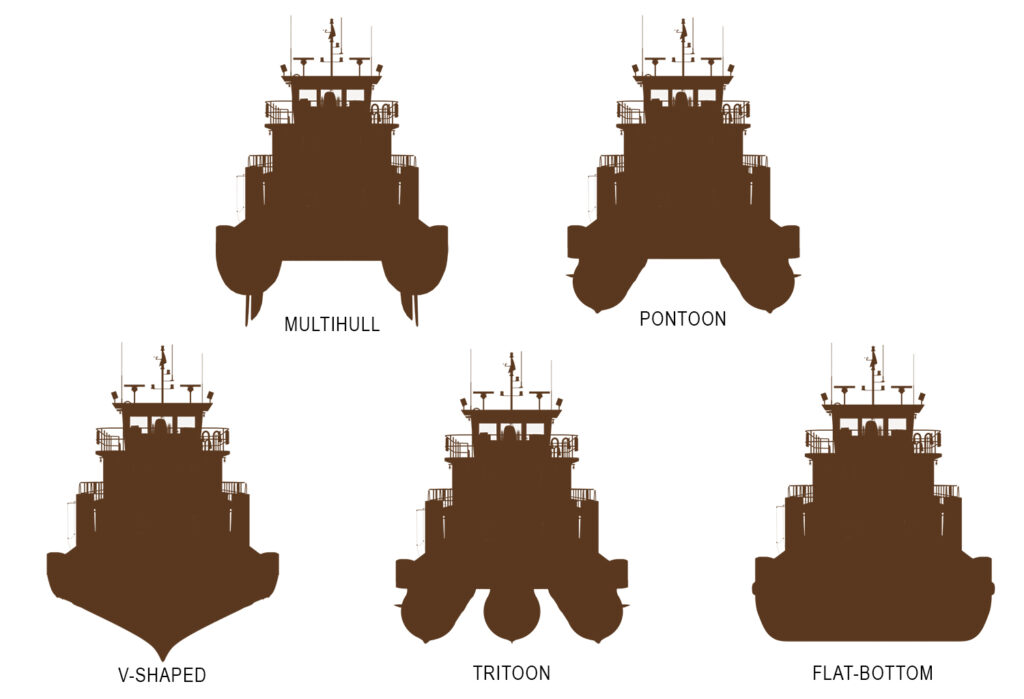
Searching for a truly unique getaway? Houseboats can offer a unique living experience for those who are looking for something beyond the typical “traditional” home. They can be great for families and they provide a nice alternative to a recreational vehicle or buying a motor yacht. But are houseboats seaworthy?
Houseboats are not seaworthy at all because their box structure and heavyweight can make them unstable. Additionally, a houseboat is usually equipped with an underpowered engine which makes it an unsafe vessel to sail in the ocean. However, if you live near the coast or on a lake, houseboats are a great alternative to traditional homes and can be very economical.
In this blog article, I will share with you some reasons why houseboats are not suited to be on the ocean.
Table of Contents
Drawbacks That Houseboats Face in the Ocean
Houseboats have become increasingly popular over the years, but they also have some drawbacks. Here’s what you need to know about the drawbacks that houseboats face on the high seas.
When it comes to houseboats, they have a few major design flaws that make them unsuitable for ocean travel.
First of all, they are very proportionally incompatible with open water conditions – they’re not built to handle strong winds, big waves, low visibility, and many other dangerous conditions that can occur at any time of day because of their low freeboard. Freeboard is the distance from the waterline to the upper deck of a boat. If the freeboard has low clearance, all you need is a small storm and high waves to get water aboard. This greatly increases the chance of a rollover.
Next, the design from external to internal is not particularly ideal for traveling across oceans. Starting from the internal, compartment and hatches are not watertight, unlike container ships, any compromise in the houseboats hull will most likely sink it. Externally, the structure is similar to a flat-bottom barge, unlike sailboats with V-shaped streamlined hulls.
To add on, many models don’t even have enough fuel storage capacity for long ocean passages. At all stages, the houseboat’s underpowered engines make it difficult for houseboats to maneuver in the ocean due to their lack of steering ability.
And lastly, houseboats are extremely focused on providing comfort to the passengers. As such, the superstructures are generally bulky and heavy. It is worst if your tanks and underdeck storages are empty, so be wary to ensure even weight distribution. This increases the center of gravity (CG) which may cause it to tip over easily. If you are unsure of what superstructure is, it refers to any part of the houseboat above the main deck.
Other risks associated with houseboats include maintenance, repairs, and long-term upkeep that make houseboats risky for long-term voyages.
Unlike other vessels, houseboats are not designed to handle the open ocean. Moreover, when you are on a houseboat, you are at the mercy of the weather during your voyage which puts you in a precarious situation. If you do end up in one, you should have some safety equipment ranging from lifejackets to signaling devices to waterproof communication devices.
If you’re looking to get out of your home and into the ocean, then a sailboat or a catamaran would be a better choice. You’ll find that these boats are generally far more seaworthy and usually equipped with all the necessary safety features and equipment to keep you safe on the ocean.
Common Types of Houseboat Hulls
Undeniably, houseboats are very stable vessels when stationary because of their hull design. However, when introduced to forces of the ocean, strong waves, and winds, it becomes apparent that these vessels are not as stable as other types of vessels.
A houseboat’s hull is usually very heavy and thick and the boat is made of very dense material. The hulls are the main part of a houseboat that is usually constructed of fiberglass and aluminum. They are usually built to support the entire structure as a traditional house would. But more, it needs to be able to stand up against choppy waters and seawater corrosive elements.
There are a few common types of houseboat hulls that can be found in the market today that are great for lakes, rivers and other bodies of water.

Flat Bottomed Hulls
Flat bottom hulls are most commonly seen that provide a very stable and cost-effective. They are widely used in the sports fishing industry and look similar to a barge.
This hull type can be made from many different materials. They are most commonly constructed of fiberglass or plastic, although some are made of wood or aluminum. These are generally preferred by professional anglers because they are not only stable but also very durable in calm waters.
If you intend to moor or travel in shallow waters, this is the type of hull to consider.
Multi-hull Houseboats
Multi-hulled houseboats are one of the most stable and comfortable types of hulls. It is also the most popular among some boaters as it offers the best combination of stability, safety, and comfort.
Multi-hull houseboats are usually constructed of fiberglass or steel. And multi-hull houseboats can be equipped with many different features that are suitable for sailing for long distances. It has a more comfortable and luxurious interior and it is one of those breeds that are able to survive tough weather conditions compared to a flat bottom houseboat.
Pontoon Hull
Pontoon hulls are usually made of fiberglass or aluminum. They are very popular for their low cost and they can be quite safe due to the way they are constructed. The 2 tubes are the main characteristic of the hull. Each tube internal is compartmentalized in case there is a puncture and water will only enter the area that is compromised.
The downside of pontoon hulls is their speed of it. Don’t bother thinking about going too fast with it, especially in rough waters.
V-shaped Hull
Compared to a flat bottom, hands down the V-shaped hulls have better handling, speed and greatly reduce pounding when riding the waves. The structure of the V hull is very effective in breaking through rough waters and it’s even easier to ride than a pontoon hull. However, if you are planning on beaching your houseboat, this design will make it harder.
Final Note:
There are a variety of houseboats designs and specifications and seaworthy or not depends on whether you can address the drawback factors. Generally, they are stable vessels that are suitable for cruising in calm waters. If you decide to cruise on your houseboats, check for bad weather conditions, make contingency plans and prepare well in advance.
A houseboat is an investment, and it’s worth making sure that you can rely on the boat for as long as you live in it. If you are worried about houseboats sinking, you can follow these tips in this post here.
Make sure to do an inspection prior to heading out to sea. The most obvious things to look out for are any cracks, holes, or corrosion. There may be signs of damage that you might not notice especially if you have moored for a while.
I hope this article gave you some insights on houseboats! If you have any questions, feel free to contact us.

